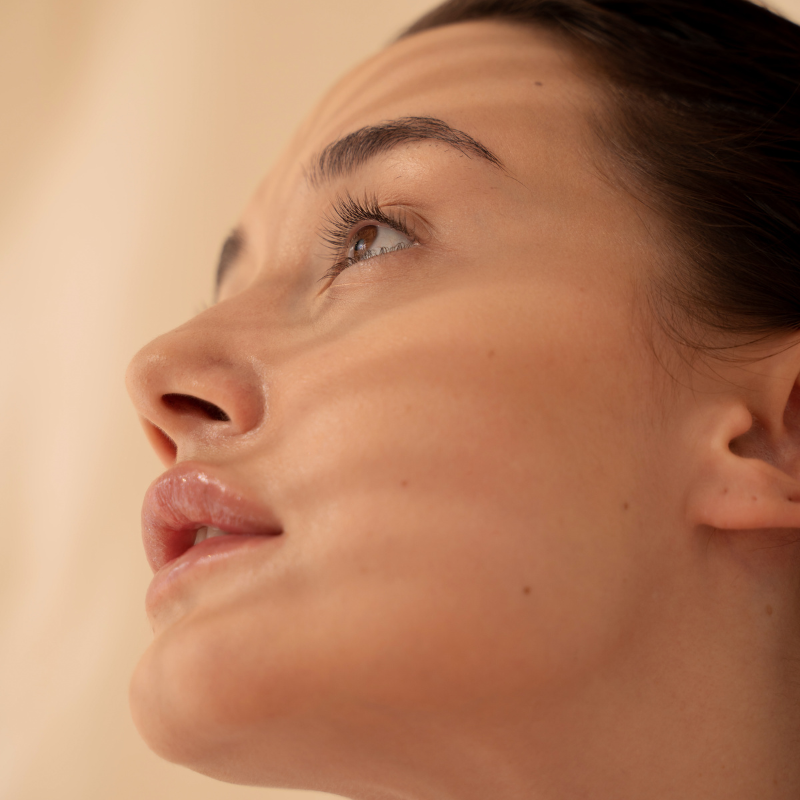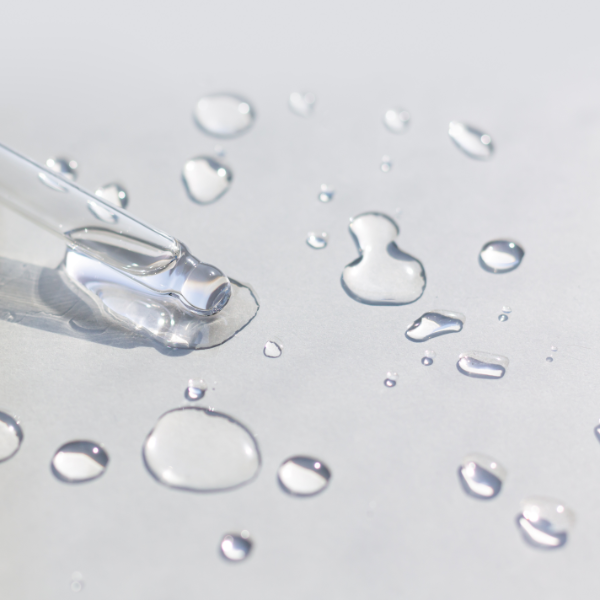5 Ways Skincare Brands Trick You Into Using Their Products
by Deborah Duffey, Chief Product Development Officer and President November 4, 2022

Skincare brands have a lot of tricks up their sleeves to not only make you buy their products, but also to keep using them. While they may not be telling outright lies, the truth is stretched just enough that what they might be telling you to get you to use their products isn’t exactly reality.
Not all skincare brands will do this; however, it’s a good idea to be wary of what to look out for when picking out a product. Next time you’re picking out a new product—or even just wondering about one you already own—think about these 5 ways skincare brands trick you into using their products.
1. Paid-for reviews
Many of us scour online reviews to see what others have said about their experience using a product before we put our money toward it. These reviews can be a very valuable tool to understand the pros and cons of a product, but be careful: not all reviews are trustworthy. Beware of reviews where a user was compensated with free product for their review or enticed with discounts. While some users may leave their honest opinion, be wary of those who leave a too-good-to-be-true review
2. Sharing misleading stats
Results like “99% of people saw a reduction in fine lines” sounds great, but depending on how that figure was determined, it’s virtually meaningless. How many people were included in the trial? What does a reduction in fine lines mean? What other products were being used at the same time? Unless you have the background information on the study, don’t rely on numbers like these to make a purchase decision. These numbers alone don’t tell you the full story.
3. Making false marketing claims
The laws around what skincare brands can and can’t say leave a lot of room for misleading marketing claims. While there are some rules (for example, brands can’t claim their product cures anything), there isn’t much they can’t say. This isn’t just small brands, either. Some of the biggest skincare brands in stores have been penalized for making false claims.
4. Using “emotive” ingredients
Whenever a new it-ingredient pops up, brands are sure to jump on the trend. While the particular ingredient may actually be a powerful, effective addition to your skincare routine, the product in question may only be using a small amount of said ingredient: just enough to tell consumers it’s in the product, but not enough to actually make a difference. This can also happen when a brand lists multiple powerful actives on a label—all of those ingredients might be in the product, but whether they are actually in concentrations large enough to work is another question. We call them “emotive” ingredients because while they might not make a difference in your skin, they do make you feel like it’s working.
5. Only giving surface-level results
Once you start using a skincare product, you might notice your skin looks plumper or feels smoother. That’s great! But if you’re after long-term results, these initial changes aren’t enough on their own. For example, hyaluronic acid, a popular skincare ingredient, can be a wonderful tool for adding hydration to skin but that’s where the benefits stop. Skin needs more active ingredients in order to combat premature aging. This is why we make sure all of our products follow a principle we call the 6 Functions of Anti-Aging.
Ultimately for consumers, there’s no way to know exactly how well a product might work just by looking at the ingredients list. The purity of those ingredients, the percentages, and the overall formulation play a role in how effectively a product works, as well as how much of an individual ingredient actually shines through to make a noticeable difference to your skin. By paying attention to these 5 tricks, you can be sure the skincare products you purchase are actually making a difference in your skin.




